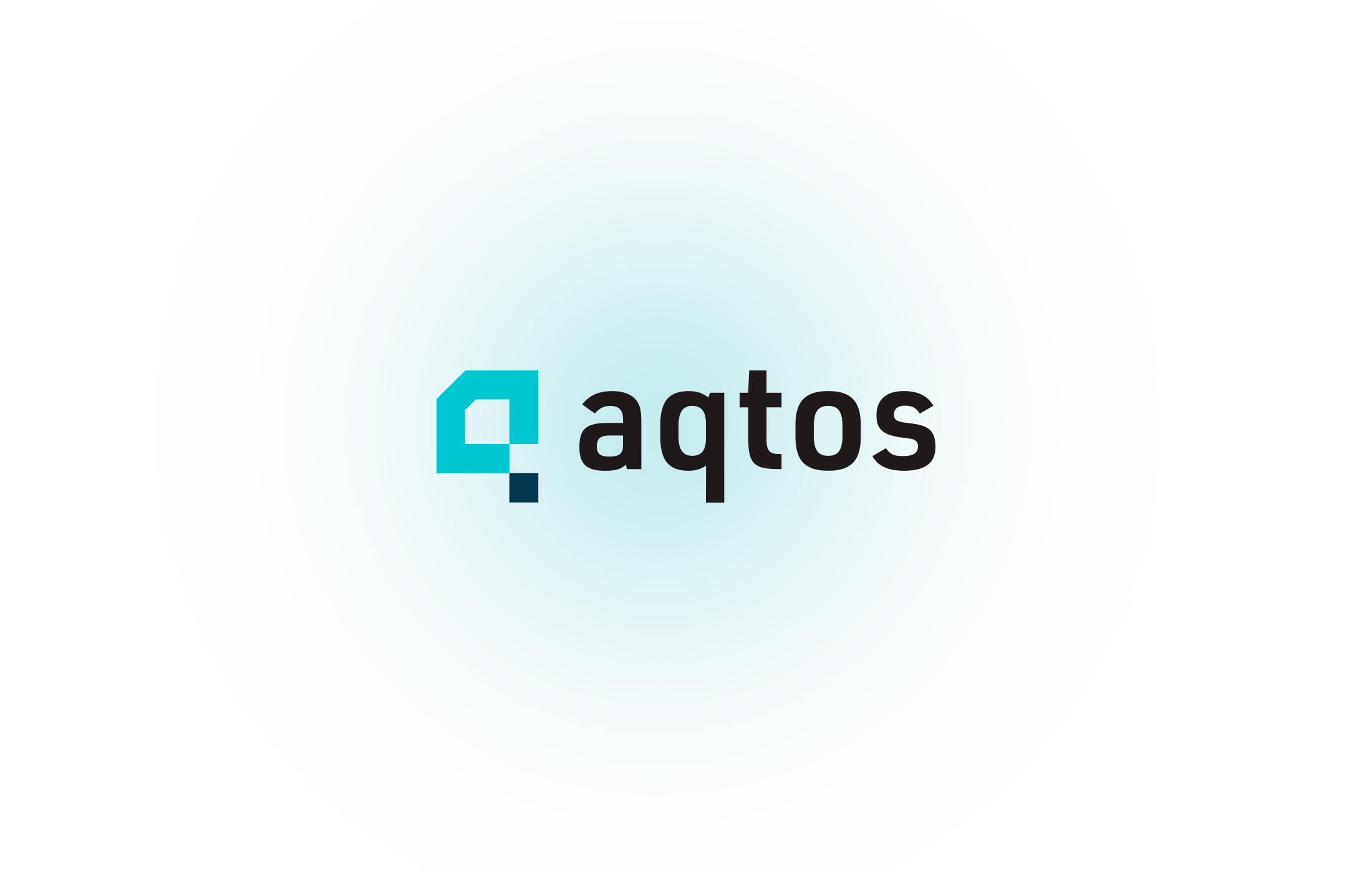TL;DR
After 3,573 commits in our repos, we’re finally starting the grand unveiling of Aqtos – the revolutionary Business Operating System as a Service (BOSS).
The journey has been a rollercoaster of emotions: challenging, thrilling, confusing and deeply rewarding. In this article, we share insights and behind-the-scenes moments from the adventure so far…
Btw, this article is not AI generated. We used AI for grammar check only.
An Intro… What is Aqtos?
In the simplest terms, Aqtos is a more efficient way to run your business.
Created as a business operating system offered in a SaaS (Software as a Service) model, it allows teams and companies to run their businesses from a centralized platform, an all-in-one or super-app if you will. From project management, to company chat, HR, invoicing and tracking expenses, to people analytics and website monitoring, Aqtos is offering all of that under one roof. We want to stop data chasing and spreading across multiple apps and to make life of modern businesses easy.
On top of that, we built a quite unique feature, called the Business Condition Graph (BCG), which acts like an ECG for your business, offering vital insights and real-time monitoring of your business.
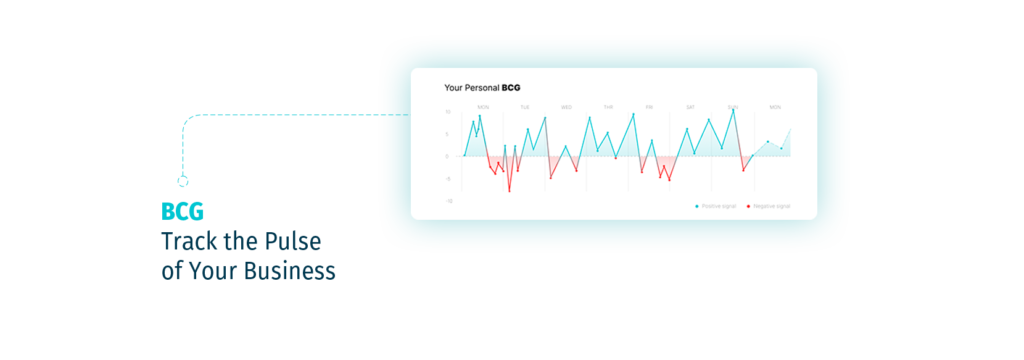
The Concept
Aqtos streamlines WORK with smart, secure project management, takes care of PEOPLE from recruiting to daily operations, provides a transparent real-time view of MONEY and liquidity, simplifies OFFICE-related tasks and processes, and actively monitors and utilizes TECH resources.
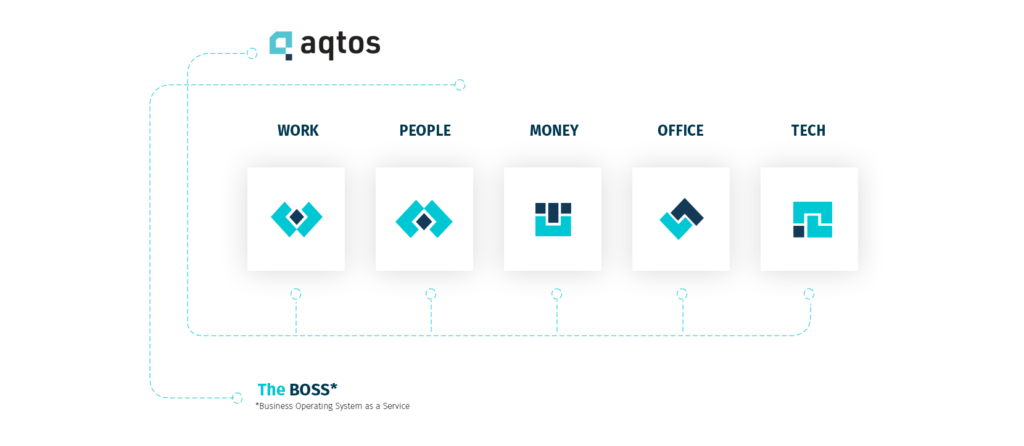
These five essential business domains:
- WORK,
- PEOPLE,
- MONEY,
- OFFICE and
- TECH,
…are what Aqtos helps you manage and improve.
We didn’t build Aqtos to be just another simple SaaS tool that will serve us to raise a quick round or two; it’s a bad-ass software and technology that we poured our hearts in. It leverages the power of machine learning, artificial intelligence, and data, aspiring to be the forefront of the future of work. We spent a lot of time on UX and design as well, trying to make things simpler as they should really be. There is one more thing which we will be introducing very soon – proactive thinking by the software itself – a very new concept we are researching…

How it All Started?
The Aqtos story is a one with a measured pace, not the typical fast-track story of today’s startups with hustler and “fake it till you make it” mentality. If you expect to read a story about an app built overnight after some podcast inspiration or during a 48-hour hackathon, you are in for a surprise!
Our journey began in the cold month of January 2014 – and yes, that’s not a typo; it was indeed a DECADE ago… At that time, I was fully managing an ICT company I co-founded called IWM Network with a distributed team of over 25 people serving global clients. As it goes in the longest month of the year, as everyone else, I also had a New Year resolution: to find a software that will ease the management of HR, workflow and finance and will help me improve the productivity of the company.
While sipping my green tea on the morning of 26th of January, 2014 (I recall the exact timing and date because it is in the file properties of the wireframes), I was looking into many online tools that promised the world to entrepreneurs…
But in reality they were just an individual silos with challenging integrations. Researching hundreds of project management, HR and finance tools, and the reality was that none of them really offered the much needed integration between the crucial business areas. On top of their fragmented nature, many apps just had an unattractive UX, while others were essentially a basic CRUD (Create, Read, Update, Delete) databases, nothing more.
To solve the problem I turned to the logic of “if you can’t find it, build it” and opened Photoshop (note for gen Zs: Figma didn’t exist in 2014) and began wireframing my vision for an all-in-one, superapp for managing businesses. Thus, the OG wireframes of Aqtos were born, but building the actual product was a different story.
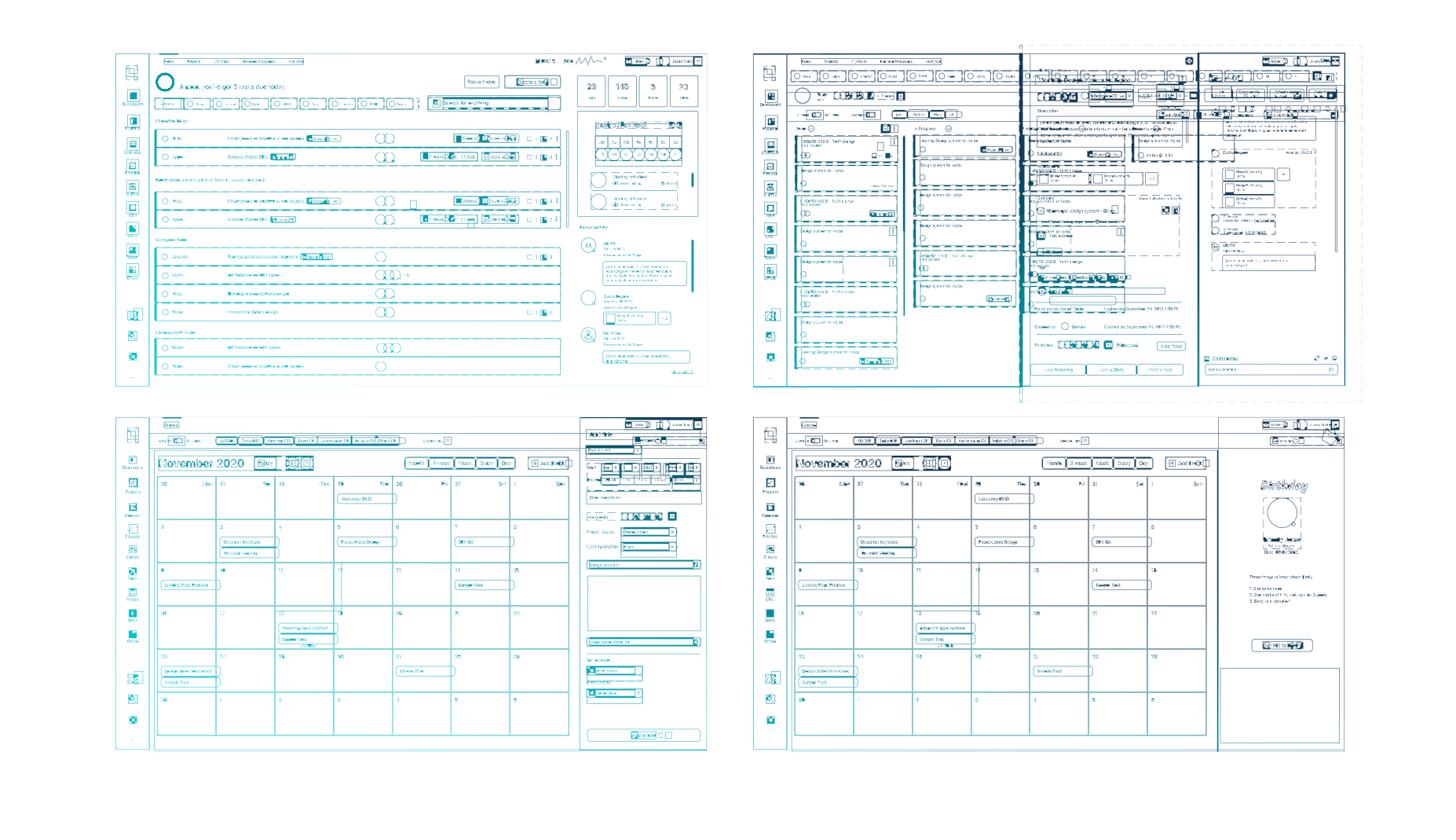
Taking the Road Less Traveled
I created the wireframes that given Sunday, but that was just one small part. The real software development didn’t progress for a few more years. There were attempts to speed things up, but they didn’t succeed.
Why, you ask?
Well, standard reasons for product development failure apply:
- lack of focus is a main one,
- over-engineering,
- wanting to develop everything at once,
- then there is the missing technical founder (realization that arrived a bit later),
- staying in the comfort zone and
- many more within the same direction…
Looking back from this point in time, I’m certain that also the fear of pivoting to something new – while sitting in the comfort zone with active clients who pay – played a big role… but I’m still in denial about that.
Funny enough, lack of dev resources or knowledge were not on the list.
Despite our experience in building complex software and web solutions for clients worldwide, including large-scale projects for telecom operators with millions of users, startups, HIPAA-compliant ERPs for US hospitals, and even a crypto exchange, developing Aqtos as our own product proved very challenging.

Part of the problem is that I also didn’t want a bare MVP (Minimum Viable Product), but wanted a real solution that people can use and love – MLP (Minimum Lovable Product). There was a vision, blurry at times, but a vision that kept crystalizing as I stayed being stubborn and moved forward. A process that took time and nerves, nevertheless.
I repeatedly verified that building such a product was not easy. I ultimately started a startup that went against all of the common VC wisdom: “pitch, rapid develop a bare MVP, raise money, fake it till you make it and attract users, raise more money, seek profit!”
Meeting of the Minds
Despite facing setbacks, I remained committed to the idea of creating Aqtos, or at least attempting to launch it and see the outcome. As a self-aware person, I understood that my fear of not trying outweighed my fear of failure. I can accept failure standing on my feet, but living with the thought that I never even attempted, that’s an unbearable notion.
To pat myself on the back, I navigated through the confusing times bravely. With a slow pace, I kept doing things “that do not scale” as YC’s Paul Graham famously said… from acquiring the domain Aqtos.com to constantly researching workflows in companies, keeping a close eye on all of the potential competitors and monitoring their rises and falls… Every chance I got I talked to people about Aqtos to test the idea and got a sense of potential product market-fit.
Almost everyone liked the concept and encouraged it, and I had to unpleasantly shut up when people started asking when they can use it…

It took me a while to understand that building the actual product was missing one key ingredient: a technical co-founder. I had engineers and developers, but really needed someone with “skin in the game” mentality.
That piece of the puzzle revealed itself in a conversation with a then contractor/consultant, a technical powerhouse with academic background, with whom we had a proven track of working on multiple projects over the years.
The conversation started after we spent a year and a half developing a centralized crypto-exchange for a Wall Street-based investment bank… more specifically, when Riste and I talked about the burnout and the endless cycle of projects for clients. It was during that convo in 2019 that I invited Riste, now an assistant professor and vice dean at the Faculty of Computer Science & Engineering in Skopje, to embark on the ambitious journey of building Aqtos with me.
For full transparency, it’s worth noting that this was actually the second time I had extended an invitation to Riste about Aqtos, but the first time as a co-founder. He previously turned down my offer in 2017 to join as a part-time technical lead, telling me that I’m envisioning a very complex project and making me seem a bit chaotic for wanting to build something so ambitious. I guess timing is everything. 🙂
The First Real Commit
With Riste on board we had a technical founder that I can trust. We had experience working on important projects, last minute bug fixing, knew each other’s styles and had our ego in check, and most importantly were both fed up of doing the same, repeating client project lifecycles.

The title of this paragraph carries a dual meaning. It signifies not only our initial code commit in the repo but also of our commitment to a project that would demand the next three years of our time and dedication. This collaboration truly ignited the development of Aqtos.
The first lines of code were pushed during May 2020, and immediately evolved the project from a modern ERP solution into a more sophisticated, long-term strategic business operating system, designed to revolutionize business management and productivity. The advancing AI revolution has validated our direction, significantly facilitating our processes, especially since we began developing our own AI model that same year.
The development process wasn’t easy. Heck, it was nightmare. We faced the pandemic, the rise and fall of the IT industry demands for chia puddings at the workplace, and the scariest thing for me, I had to step out of the comfort zone of client work and outsourcing. Having nurtured long-term relationships, some clients had evolved into partners over a decade. Nevertheless, making that sacrifice was essential to arrive at this point: introducing a global product with the potential for a bright future. Now, let’ and see how it unfolds. 🙂
Join the Revolution!

After 3,573+ commits, I am excited to start rolling the beta version of Aqtos, share this inaugural blog post, and break my 17-year silence on LinkedIn with an announcement about this product.
I also invite you to join our waitlist for the launch announcement – simply click the call-to-action button or press the ‘A’ key on your keyboard. No SPAM or outreach tricks. Just a simple product announcement.
tnx for reading,
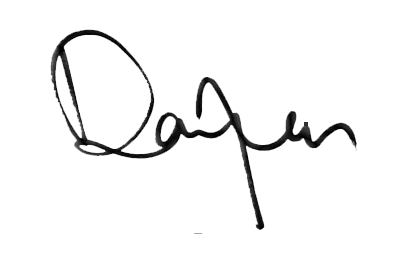
Damjan Dano
Founder
